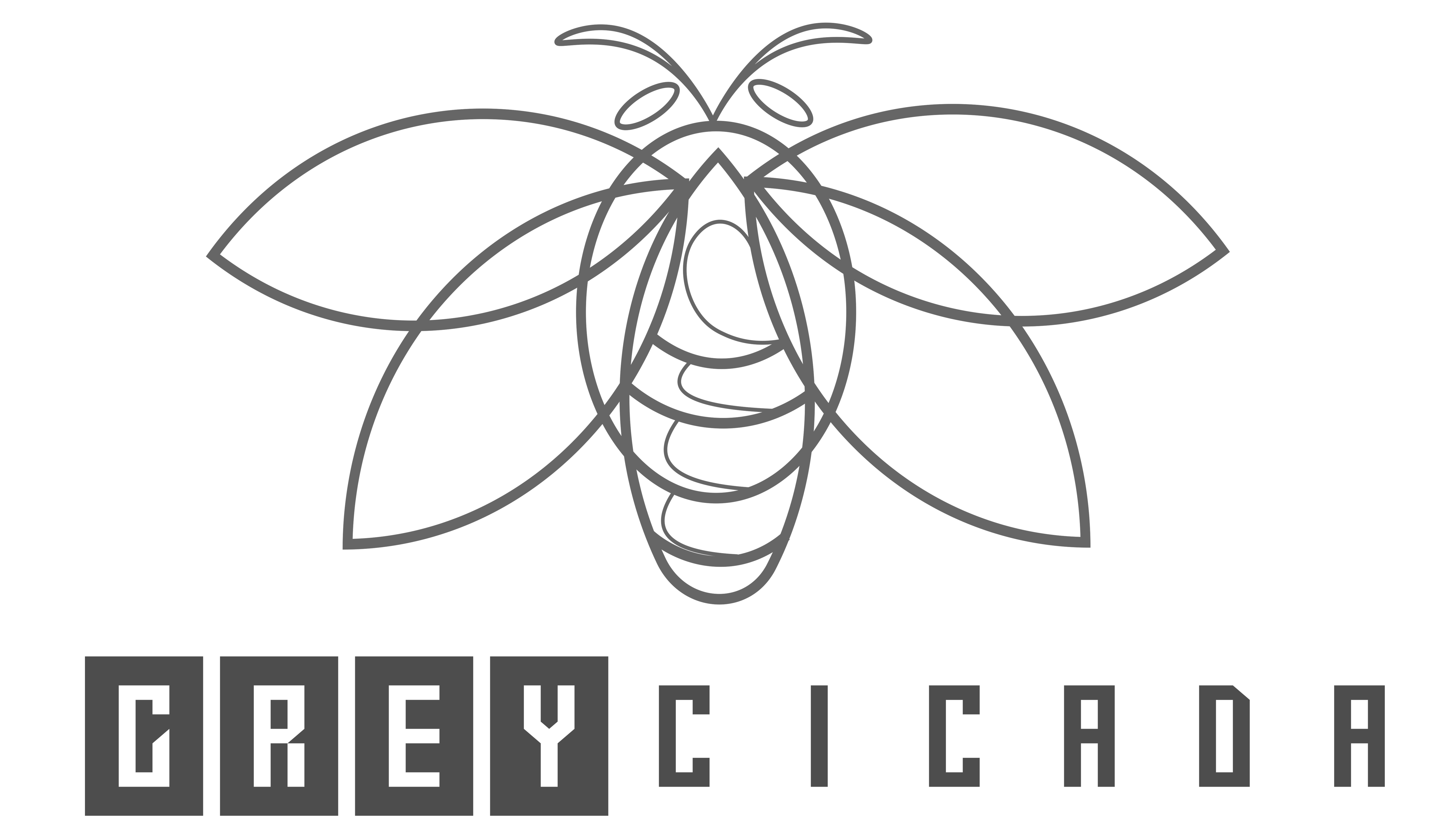FREE SHIPPING OVER $50
Testosterone Tanking After 30? These 10 Foods Could Be Your Hormonal Lifeline

The age of 30 often feels like a major milestone—you’re more established, perhaps more focused, and generally have a better handle on life. But for many men, it’s also the time they start noticing subtle but frustrating changes. The boundless energy of your 20s starts to feel like a distant memory. The muscle you built in the gym now requires more effort to maintain. You might notice a dip in libido or just feel generally… off.
If this sounds familiar, you’re not imagining it. You may be experiencing the gradual, natural decline of testosterone, the primary male sex hormone. Don’t panic, though. This isn’t an unfixable disaster. You hold a powerful secret weapon right in your pantry and refrigerator: food. These are the natural, evidence-based tools you can use every day to help your body reclaim its natural energy, strength, and vitality.
The Mid-Life Hormonal Shift: Why T-Levels Drop After 30
Let’s address the big question first: Is it really true that your testosterone production starts to fall off a cliff after age 30?
The answer is yes, though the drop is usually gradual, not sudden. Studies show that a man’s total testosterone level typically declines by about 1% to 2% per year starting around your third decade. This isn’t a medical crisis for everyone, but the cumulative effect over a decade or two can certainly change how you look and feel.
What is Driving This Decline?
The root cause of age-related testosterone decline is complex, involving both the brain and the testes.
- Leydig Cell Function: The Leydig cells in your testicles are responsible for manufacturing testosterone. As you age, these cells can become less responsive to the signals they receive from the pituitary gland. They essentially become less efficient at producing the hormone.
- The Pituitary Signal: The signal to make testosterone starts in the brain, via the hypothalamus and pituitary gland. Aging can dampen this signaling cascade, leading to a weaker command for the testes to produce T.
- Lifestyle Factors: While biology plays a role, lifestyle choices in your 30s and 40s significantly accelerate this decline.
- Weight Gain: Increased body fat, particularly around the abdomen (visceral fat), contains the enzyme aromatase, which converts testosterone into estrogen. The more body fat you carry, the more T you potentially lose.
- Stress and Sleep: Chronic stress elevates cortisol, a stress hormone that works against testosterone. Likewise, poor sleep directly impairs the body’s prime window for T production, which is during deep sleep cycles.
- Nutrient Deficiencies: This is where our food lifeline comes in. The building blocks and co-factors required for hormone synthesis—like certain vitamins and minerals—become depleted or poorly utilized if your diet isn’t supporting you.
The good news is that while you can’t stop the biological clock, you can dramatically influence the lifestyle factors. By tackling issues like diet, sleep, and stress, you give your body the best possible chance to maintain optimal testosterone levels well into your later years.
Your Hormonal Lifeline: The 10 Best Testosterone-Boosting Foods
Forget expensive, unproven supplements. The path to better hormonal health is paved with simple, nutrient-dense foods. These ten kitchen staples provide the essential vitamins, minerals, and healthy fats your body requires to naturally support and synthesize testosterone.
1. Oysters
These aren’t just for date night; they are a nutritional powerhouse for male health. Oysters contain more zinc per serving than almost any other food. Zinc is critical for testosterone production. A deficiency in this key mineral can severely limit the release of Luteinizing Hormone (LH), which signals the testes to produce T.
- Key Nutrient: Zinc
- Action: Supports the pituitary gland’s function and helps prevent the aromatase enzyme from converting testosterone to estrogen.
2. Fatty Fish (Salmon, Tuna, Mackerel)
Think of fish like salmon and mackerel as a two-for-one deal for your hormone health. First, they are rich in Omega-3 fatty acids, which are crucial for cellular health, reducing inflammation, and supporting the entire endocrine (hormone) system. Second, and just as important, they are one of the best dietary sources of Vitamin D.
- Key Nutrient: Vitamin D and Omega-3s
- Action: Vitamin D is actually a steroid hormone itself, and research strongly links healthy serum levels of Vitamin D to higher free testosterone levels. Omega-3s promote overall endocrine function.
3. Egg Yolks (The Whole Egg)
For years, people unnecessarily feared the egg yolk, but it’s time to bring back the whole egg. The yolk contains the vast majority of the egg’s nutrients, including Vitamin D and, most importantly, cholesterol. Don’t flinch—cholesterol is the molecular precursor to all steroid hormones, including testosterone. Your body needs it to manufacture the hormone.
- Key Nutrient: Cholesterol and Vitamin D
- Action: Provides the raw materials (cholesterol) the Leydig cells need for testosterone synthesis.
4. Spinach and Leafy Greens
Your mother was right: eat your spinach. These dark, leafy greens are loaded with magnesium, a mineral that plays an indirect yet vital role in testosterone availability.
- Key Nutrient: Magnesium
- Action: Magnesium works by blocking a protein called Sex Hormone-Binding Globulin (SHBG). SHBG binds to testosterone, rendering it inactive. By reducing SHBG’s activity, magnesium allows more free testosterone (the usable form) to circulate in your bloodstream.
5. Garlic
More than just a flavor booster, garlic is a powerful ally in the fight against low T, primarily because of a compound called allicin. While allicin doesn’t directly boost testosterone, it helps lower levels of the stress hormone cortisol.
- Key Nutrient: Allicin (and indirect cortisol regulation)
- Action: By lowering cortisol, you effectively remove a major chemical opponent to testosterone, creating a more favorable hormonal environment for T production.
6. Pomegranate
This ancient fruit has been revered for centuries, and modern science confirms its status as a potent health food. Drinking pomegranate juice has been shown in some studies to not only lower blood pressure but also to significantly boost saliva testosterone levels and improve mood.
- Key Nutrient: Antioxidants (polyphenols)
- Action: Its high antioxidant load helps reduce oxidative stress and inflammation, which are both detrimental to Leydig cell health and optimal hormone function.
7. Beef (Lean Cuts)
Don’t listen to the low-meat zealots; high-quality, lean beef deserves a spot in your diet. It’s a fantastic source of protein (essential for muscle maintenance, which in turn supports T) and a top source of zinc and magnesium.
- Key Nutrient: Protein, Zinc, and Saturated Fat
- Action: Provides key micronutrients for synthesis and the necessary protein to build and maintain lean muscle mass, a major metabolic engine that supports healthy T.
8. Avocado
This creamy fruit (yes, it’s a fruit!) is a staple of a testosterone-friendly diet. Avocado is rich in monounsaturated fats, which have been linked to healthy testosterone production. It also contains magnesium and a trace mineral called boron.
- Key Nutrient: Monounsaturated Fats and Boron
- Action: Healthy fats are crucial for the creation of steroid hormones. Boron is thought to protect testosterone from quick breakdown and conversion, allowing it to remain active for longer.
9. Ginger
This warming spice isn’t just for soothing a sore throat. Ginger has a long history in traditional medicine for its health benefits, including its potential role in male fertility and hormonal support.
- Key Nutrient: Bioactive compounds
- Action: Research suggests ginger may have a protective effect on testicular function, boosting antioxidant defenses and potentially increasing testosterone production by enhancing blood flow and reducing inflammation.
10. Brazil Nuts
You only need a few of these a day. Brazil nuts are the best natural source of selenium on the planet. Selenium is a powerful antioxidant mineral that plays a key role in the immune system and thyroid function, but it also supports healthy T levels.
- Key Nutrient: Selenium
- Action: Selenium is vital for overall male reproductive health. When coupled with a healthy intake of Zinc, it creates a potent mineral combination that helps keep your hormonal system running smoothly.
Building a Testosterone-Friendly Lifestyle
While these 10 foods are your hormonal lifeline, they work best when embedded in a comprehensive, testosterone-friendly lifestyle. Simply adding a few oysters to a poor diet won’t deliver the results you’re hoping for.
Master Your Sleep
Sleep is non-negotiable for testosterone optimization. The majority of your body’s daily T production occurs while you’re sleeping. Consistently getting fewer than seven hours of quality sleep can dramatically reduce your daytime testosterone levels.
- Actionable Step: Aim for 7-9 hours of restful sleep every night. Prioritize a dark, cool, and quiet bedroom environment to maximize your deep and REM cycles.
Embrace Resistance Training
Exercise, particularly resistance training (lifting weights), is one of the most effective non-dietary ways to boost your T. When you lift heavy weights, your body responds by releasing a cascade of hormones, including testosterone and growth hormone, to repair and build muscle tissue.
- Actionable Step: Incorporate full-body workouts 3-4 times per week, focusing on compound movements like squats, deadlifts, presses, and rows, which engage multiple large muscle groups.
Manage Chronic Stress
We touched on cortisol earlier, but it’s worth reiterating: chronic, unmanaged stress is a testosterone killer. When stress becomes your baseline, your body is constantly prioritizing the release of cortisol, which suppresses T production.
- Actionable Step: Find and commit to daily stress-management techniques. This could be as simple as a 10-minute walk, deep breathing exercises, or a short meditation session.
The Problem with Hidden Endocrine Disruptors
Finally, consider what you are storing your food in. Many plastics contain endocrine-disrupting chemicals (EDCs) like Bisphenol A (BPA). These chemicals can mimic estrogen in the body, potentially throwing your delicate hormonal balance into chaos and contributing to the conversion of testosterone into estrogen.
- Actionable Step: Move away from plastic food storage containers and bottles, especially for heating food. Switch to glass or stainless steel containers whenever possible to reduce your exposure to EDCs.
Your Next Steps for Hormonal Health
Navigating the hormonal shifts of your 30s and beyond can feel challenging, but you now have a clear roadmap. The natural decline in testosterone after 30 is a reality, yet its impact on your life is largely within your control.
By actively focusing on these 10 cornerstone foods—rich in Zinc, Vitamin D, and Magnesium—you are providing your body with the nutritional foundation it desperately needs to support optimal hormone production. Couple this strategic eating with quality sleep, consistent resistance training, and effective stress management, and you won’t just slow the decline—you’ll be actively working to reclaim the energy, strength, and vitality that might have been slipping away.
Related Articles
- This Everyday Root Could Lower Your Blood Pressure Naturally—Doctors Are Talking About It
- Men Over 50: Eat These 10 Protein-Packed Foods Daily to Stay Strong, Lean, and Energized
- The Protein Myth: 10 Plant Foods That Build More Muscle Than Meat—Sports Nutritionists Say You’ve Been Lied To
- Feeling Foggy? These 8 Brain-Boosting Foods Could Sharpen Your Mind—Dietitians Approve
- 15 Ancient Spices That Fight Aging—Science Finally Confirms What Our Grandparents Knew



